As Canada prepares to host a global summit on biodiversity, a proposed $3.5 billion superport just south of Vancouver is testing the Trudeau government’s bold environmental commitments.
Critics say approving the superport, which would be built in the Fraser estuary, one of Canada’s most endangered biodiversity hotspots, would run counter to several of the Liberals’ pronouncements about the need to better protect nature.
But the Vancouver Fraser Port Authority is pushing hard for approval of the project that a federal assessment panel concluded would have “significant” impacts on endangered killer whales, famed salmon runs and the beleaguered Fraser estuary, which supports close to 100 species at risk.
The port, a federal agency, is targeting politicians and policy makers in Ottawa with an advertising and social media campaign promoting approval of the new port. It is building support among First Nations with confidential benefits agreements and promises of financial payments if the project goes ahead.
And to address Environment and Climate Change Canada’s predications that the port will have “immediate, irreversible” impacts on shorebirds on the Pacific Flyway, the port now says it could halt construction of the new port — and if need be, dismantle what it has built — if it harms the migratory birds.
“In the unlikely event of an immediate project-related effect on the western sandpiper population, the port authority would implement adaptive measures, which could include removal of the portion of the marine terminal landmass constructed to date, which would effectively result in project discontinuation and deconstruction,” the port says in its revised project proposal.
“I think it’s an act of desperation,” says Marko Dekovic, vice-president of public affairs for Global Container Terminals Inc., also known as GCT, which has proposed a rival port project.
“In the final throes of environmental approval they are throwing everything on to the table to see what sticks,” says Dekovic, who takes issue with many of the port’s activities. He says the port’s ad campaign in Ottawa is “lobbying” and should not be allowed.
Duncan Wilson, the port’s vice-president of environment and external affairs, counters that “it’s worth a lot of money for GCT to stop our project.”
“Their upset about our [ad] campaign is more about lining shareholders’ pockets than it is about the public interest with respect to trade,” Wilson told The Tyee. He says the port’s advertising and social media campaign is needed to counter GCT’s activities: “It’s no secret that they’ve been running ads spreading misinformation about our project.”
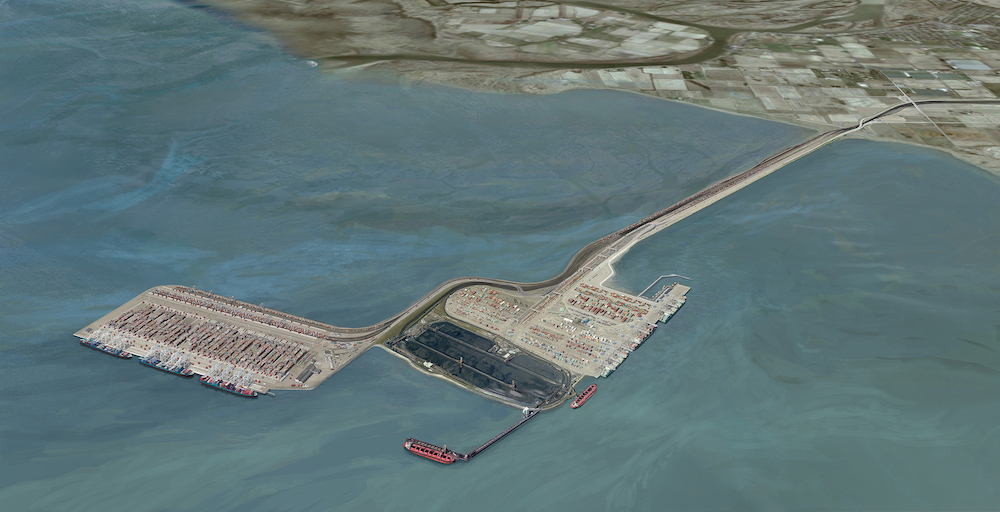
The port’s contentious project, known as Roberts Bank Terminal 2, has been grinding through federal environmental assessment since 2013 in one of the longest and most expensive reviews in Canadian history. The file is now with Environment Minister Steven Guilbeault and is expected to soon move to the federal cabinet for a decision on whether RBT2 is in the public interest and should be allowed to proceed.
Typically projects that make it this far get the green light. But the tide may have turned on RBT2, with scientists, conservationists and many politicians — including Prime Minister Justin Trudeau, who signed onto the “nature positive” G72030 Nature Compact last year — calling for radical change in the way the environment is treated.
“Halting and reversing biodiversity loss requires real collaboration and partnership, including with Indigenous Peoples, the original guardians of the land. It also requires real transformative change, innovation and a proper accounting for the true value of nature in decision-making across all sectors,” the federal government said when it announced the upcoming United Nations Biodiversity Conference in Montreal in December.
The port says RBT2 is key to Canada’s trade sovereignty. “Without it, Canadian exporters and importers may become dependent on U.S. ports, impeding our nation’s ability to move our own goods,” reads one port ad near Parliament Hill. It goes on to say the new shipping terminal is part of its “vision for the Port of Vancouver to be world’s most sustainable port.”
But for many observers, RBT2 embodies several problems contributing to the biodiversity crisis in Canada. Hundreds of species are imperiled or in decline despite what one recent study describes as the “bewildering array” of federal, provincial and territorial policies meant to protect the country’s wild things and places.
The study, led by Justina Ray, president and senior scientist of Wildlife Conservation Society Canada, says one problem is the way megaprojects go through regulatory and decision-making processes built on the often-false assumption that impacts can be managed and mitigated. Migrating birds can eat elsewhere, young salmon can find other eelgrass nurseries, endangered whales will recover even if shipping channels cut through their home waters.
Another problem, the study says, is “regulatory discretion” that is “usually exercised in favour of commercial interests, ranging from exempting industry from requirements to overruling scientists who provide evidence of adverse effects.”
The federal government could have said no to the RBT2 superport at the outset given the high — many said obvious — risk to the Fraser estuary and the creatures that depend on it.
“People have consistently said: ‘No, don’t go there,’ for 25 years,” says James Casey, who specializes in the Fraser estuary for the non-profit Birds Canada. He told The Tyee the “biodiversity values” of Roberts Bank, where RBT2 would be build, far exceed the economic interests.
The Port of Vancouver said RBT2 would create thousands of jobs and billions of dollars in economic activity by enhancing trade through the Asia Pacific Gateway, and pushed ahead saying ecological impacts could be managed and mitigated.
As the proposal wound through the formal assessment process, bulldozers set to work and turned large tracts of farmland into an elaborate and costly network of rail lines, highways and overpasses leading to Roberts Bank, where the terminal would sit on an artificial island.
The plan is to create the island, close to a kilometre long, that would rise from the ocean floor and lock — like an elaborate Lego creation — onto the existing port. A five-kilometre-long causeway now slicing across the wetlands will be widened into a multi-lane, multi-track superhighway for trains and transport trucks carrying freight to and from cargo ships up to 400 metres long.
Naturalists, scientists and local governments protested when the Port of Vancouver initially floated RBT2 more than a decade ago. They are even more vociferous now, urging the Liberals to reject the costly project and better protect and manage the Fraser Delta, a key biodiversity area and the largest and most important estuary on Canada’s west coast.
Relentless development has so altered the estuary that Bird Life International has classified it as being “in danger.” And a recent study, co-led by University of British Columbia and University of Victoria researchers, says more than 100 species that rely on the estuary are at risk.
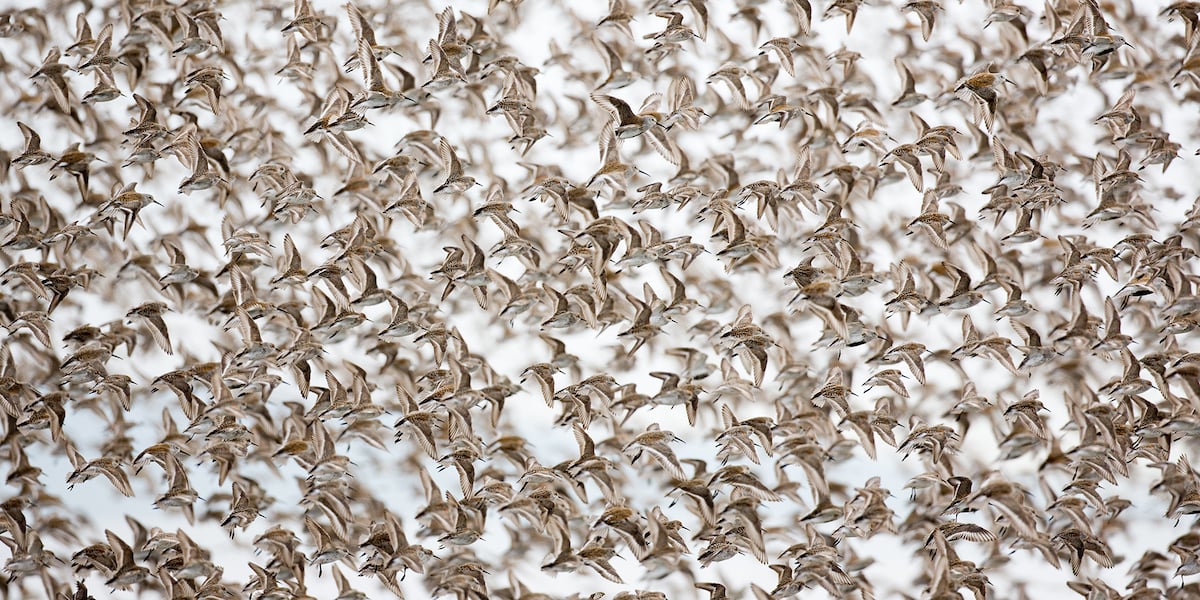
Federal wildlife biologists have long said that RBT2 would pose big problems for some of the planet’s smallest birds. Hundreds of thousands of migrating shorebirds from South and Central America ride the winds up the Pacific coast every spring bound for their breeding grounds in the Arctic. It’s up to a 10,000-kilometre journey for the birds, some of which winter in Peru. The birds depend on a series of key refuelling stops, including the Fraser estuary, to recharge for the next leg of the marathon journey.
“They must carefully budget their body fat and protein stores to provide both fuel and life support,” says biologist Christopher Guglielmo, who has likened the migration to a journey to the moon.
Huge flocks of western sandpipers and other shorebirds are drawn to Roberts Bank for its biofilm, an energy-rich goo that grows on the expansive mudflats. It’s created though a poorly understood interplay between microorganisms, sea water and the freshwater and nutrients washing out of the Fraser River. Environment and Climate Change Canada told the review panel in 2019 that RBT2’s effects on “biofilm would be immediate, irreversible and are not mitigable” and “constitute an unmitigable species-level risk to western sandpipers, and shorebirds more generally.”
The port dispatched its own scientists to sample and study the biofilm and suggested it could create biofilm in other locations in the estuary to feed the hungry birds. ECCC said such a feat would be unprecedented: “Currently no way exists to create high quality biofilm habitat.”
Federal assessment panels tend not to recommend for or against projects but rather lay out pros and cons alongside long lists of conditions and recommendations to lessen the impacts. It is up to politicians to decide whether the projects can proceed.
The three-member panel of the Impact Assessment Agency of Canada released its 627-page report on RBT2 in 2020. It concluded the superport would result in “numerous adverse residual and cumulative effects.”
It said species likely to be hurt include Chinook salmon, Dungeness crabs, endangered barn owls and southern resident killer whales, which have seen a 25 per cent drop in population in 25 years and are federally listed as an endangered species. With just 74 of the whales left, the panel said that “although unlikely, a lethal vessel strike on a single individual [southern resident killer whale] could have significant adverse population consequences.”
It noted the disagreement between federal and port scientists on the threats to the shorebirds and “the recent and still-emerging scientific understanding of biofilm.” The panel also said RBT2 could have “significant” negative impacts on traditional use of lands and resources by First Nations.
In 2020 then-environment minister Jonathan Wilkinson asked the port for details on its plans to address and mitigate the damage and concerns.
That led to more reports, another round of public comments which wrapped up this March, and negotiations with more than 20 First Nations, many of whom raised concerns about RBT2 and vessel traffic in their waters.
The Tsartlip First Nation, based on southern Vancouver Island, for example, submitted a 19-page letter in March saying it was “firmly opposed” to approval of RBT2 that will “far too likely” have significant adverse effects on fish and fish habitat, “particularly Pacific salmon species and southern resident killer whales.”
On Oct. 3 the Tsartlip withdrew its opposition having agreed to “compensation and opportunities offered by the Vancouver Fraser Port Authority” which include “payments on signing of a mutual benefits agreement and payments on approval of the Vancouver Fraser Port Authority Board of Directors making a final decision authorizing construction of the Project.”
The Tsartlip First Nation did not respond to requests for comment. Wilson says the port’s agreements with First Nations are confidential.
To address and lessen the environmental impacts, the port has proposed several measures including adding a “fish passage breach” in the RBT2 terminal or its causeway to reduce disruption to juvenile salmon migration, and using stop-work procedures and noise dampening technologies while pile driving to avoid “acoustic injury” to killer whales during the 58 months of in-water construction of the port.
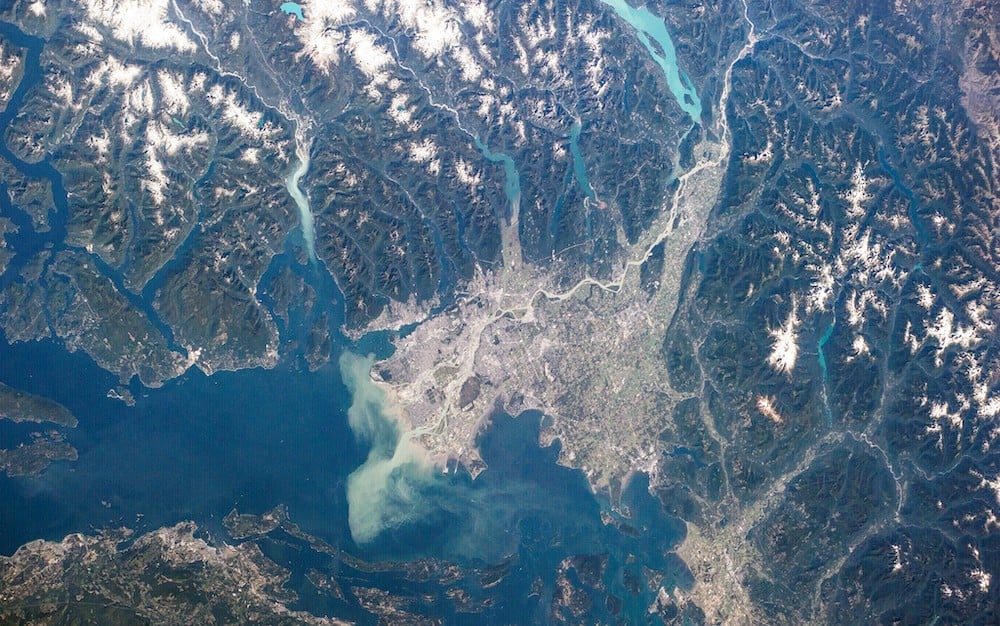
To address the concerns about shorebirds and biofilm, the port is proposing “staged” construction of RBT2. Wilson says the idea is to look for “immediate” population-level effects on shorebirds after construction of a perimeter dike that will be one of the first components of the artificial island. The idea is to back off if problems arise. While confident it would not be necessary, Wilson says “deconstruction” costs could run to about $200 million.
The port also plans to create new biofilm for the shorebirds, even though Environment and Climate Change Canada continues to point out that this has never been done on a large scale. ECCC has calculated that RBT2 would have “major adverse indirect effects” on biofilm production and quality on up to 558 hectares of intertidal mudflats on Roberts Bank due to the disruption to the salinity regime. That’s an area much larger than Stanley Park, which is 400 hectares; it’s bigger than 1,000 American football fields.
In late October, ECCC issued its response to the port’s proposals for a biofilm creation and phased construction, saying such measures “will not be able to fully eliminate the risk” to the birds. It went on to reiterate its long-held position that RBT2 “would likely constitute an unmitigable species-level risk to western sandpipers, and shorebirds more generally.”
Critics say tweaking RBT2, staged construction and trying to create biofilm are not enough. A letter to Environment Minister Steven Guilbeault from fisheries and wildlife scientists this spring expressed a common sentiment: “If the recovery of Canada’s endangered and iconic wildlife is a priority for the government, as stated, then it must reject the proposed Terminal 2 project.”
The Port of Vancouver’s rival and current container-terminal tenant, Global Container Terminals Inc., says RBT2 not only poses environment risks but is not commercially viable.
“To now propose they will construct and potentially deconstruct and add potentially hundreds of millions of dollars to the cost” makes it even more challenging financially, Dekovic told The Tyee.
GCT says it has a better solution and is proposing a privately funded expansion of the existing port at Roberts Bank called the Deltaport Berth Four Expansion, or DP4.
Dekovic says DP4 makes more business sense than RBT2 as the private sector would be taking on the financial risks. And DP4 would have a smaller footprint and be tucked in beside the existing port in a way that poses minimal risk to biofilm and shorebirds.
If approved, he says DP4 could be in operation by 2033, which is comparable to the timeline for RBT2, and could meet the West Coast trade capacity demands. DP4 in now undergoing assessment by the federal government’s Impact Assessment Agency of Canada in collaboration British Columbia's Environmental Assessment Office, a review that should wrap up by 2027.
GCT, along with several environmental groups and local governments, is calling on the Trudeau government to defer the RBT2 decision until the DP4 project review is complete, so decision-makers will have the benefit of review board assessments of both projects.
“The government needs to look at this holistically and see what is in the best interest of Canada,” says Dekovic. ![]()
Read more: Transportation, Environment


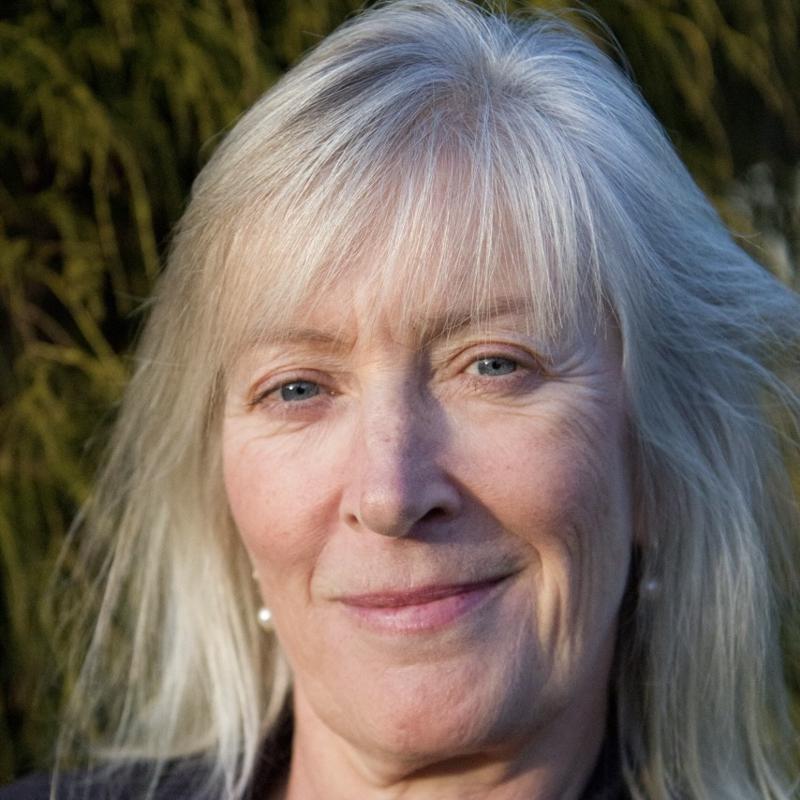
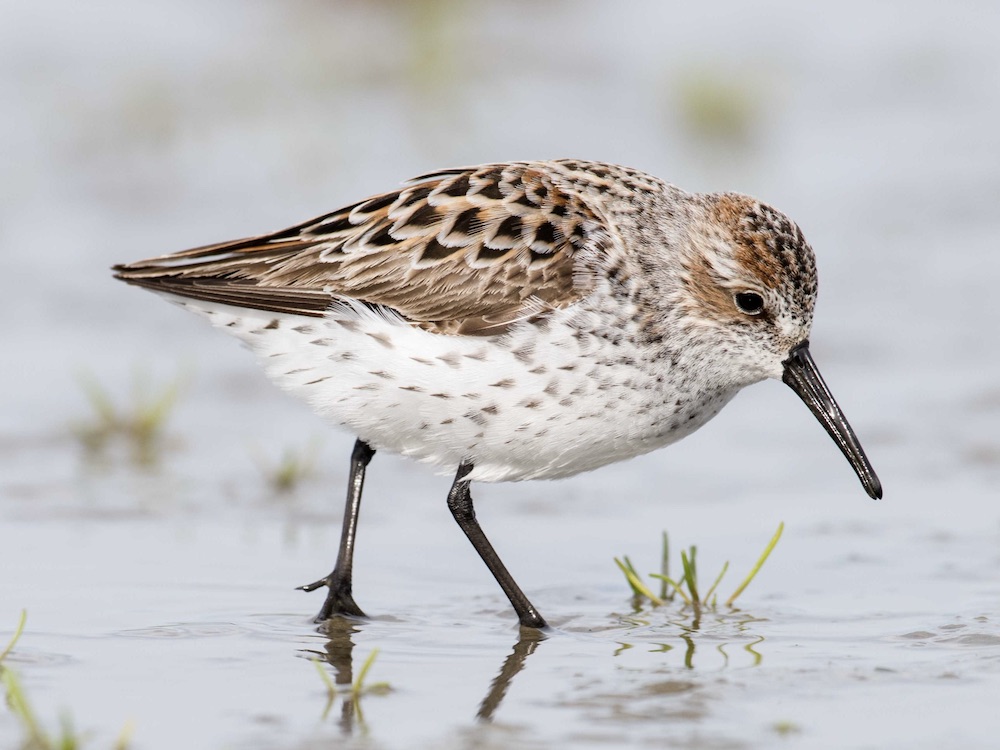












Tyee Commenting Guidelines
Comments that violate guidelines risk being deleted, and violations may result in a temporary or permanent user ban. Maintain the spirit of good conversation to stay in the discussion.
*Please note The Tyee is not a forum for spreading misinformation about COVID-19, denying its existence or minimizing its risk to public health.
Do:
Do not: